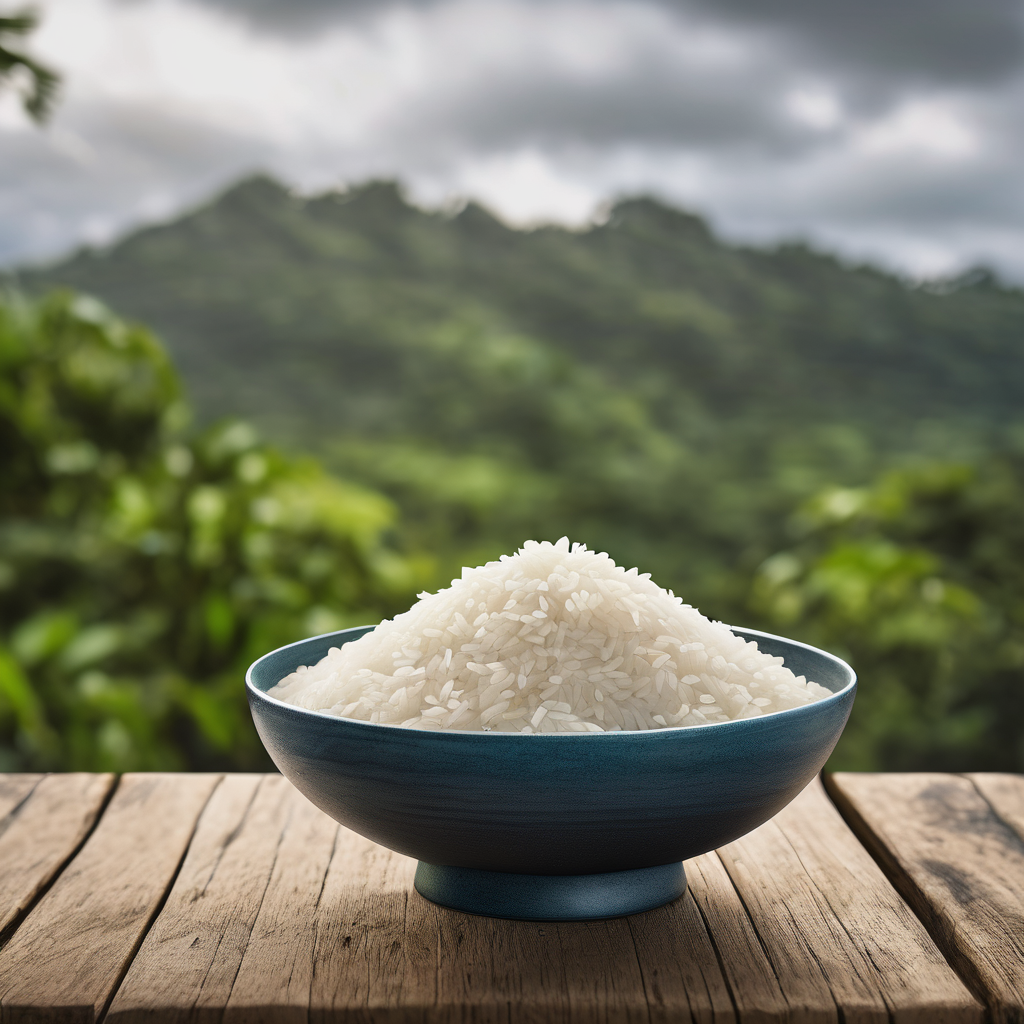A new report by Save the Children, released in conjunction with World Food Day, reveals that climate change is significantly worsening child malnutrition in the Pacific, particularly in Papua New Guinea, Solomon Islands, and Vanuatu. The study underscores the growing threat posed by increasingly frequent and severe climate-related disasters, which are critically undermining families’ access to nutritious food.
The findings indicate that climate change adversely affects food production, causes price surges, disrupts livelihoods, and hampers access to markets. As a result, many families are forced to turn to cheaper, less nutritious food options, leading to concerning statistics in Melanesia: one in three children is now affected by various forms of malnutrition, including stunting, anemia, and obesity. The situation in Papua New Guinea is particularly alarming, with 48.2 percent of children experiencing stunted growth, while the Solomon Islands and Vanuatu report rates of nearly 32 percent and 29 percent, respectively. Wasting prevalence is also notable, with 8 percent of children under five in Vanuatu affected.
This critical issue is compounded by a series of devastating cyclones, including three severe tropical cyclones that battered Vanuatu in 2023 alone, one of which, Tropical Cyclone Lola, was notably the earliest recorded Category 5 cyclone in the southern hemisphere. Local residents are acutely aware of the deterioration in food quality over the years. Annette, a 32-year-old mother from Vanuatu’s Shefa Province, observed that children are becoming malnourished due to a lack of access to necessary food types, saying, “The quality of some local produce is not what it was 10 to 15 years ago.”
The destruction caused by recurring floods and cyclones continues to devastate crops and disrupt fisheries, resulting in critical nutrient shortages, particularly of protein, iron, and zinc. These environmental challenges have also impaired crucial water, sanitation, and health service infrastructure, hitting isolated island communities particularly hard.
During the vital first 1,000 days of a child’s life, optimal nutrition is essential for laying the foundation for long-term health. However, the precarious food, health, and water systems throughout the Pacific currently face a triple burden of malnutrition, which includes undernutrition, an increase in obesity, and ‘hidden hunger,’ reflecting deficiencies in essential vitamins and minerals.
Polly Banks, Save the Children’s Country Director in Vanuatu, highlights the severe impact of climate change on child nutrition systems. She insists that these challenges exacerbate the struggle to recover from crises and contribute to long-term developmental issues. Banks advocates for the integration of nutrition-focused strategies into climate adaptation efforts, urging improvements across key sectors like agriculture, health, and social protection.
In light of these pressing challenges, Save the Children calls on Pacific governments and their partners to incorporate nutrition into climate adaptation strategies, targeting vulnerable populations to enhance resilience against ongoing climate impacts. While the obstacles are considerable, collective action offers a promising avenue for addressing the severe effects of climate change on child nutrition in the Pacific, ultimately ensuring a healthier future for children in the region.
